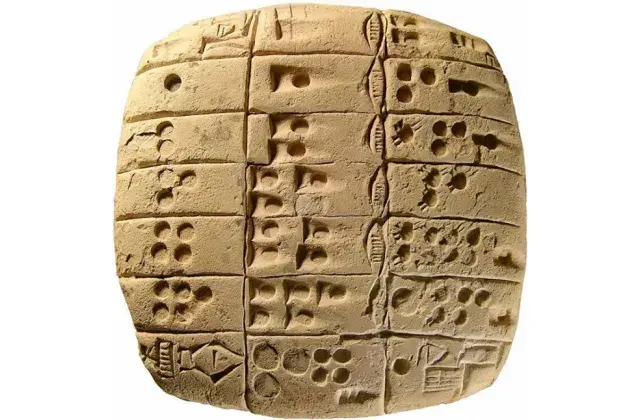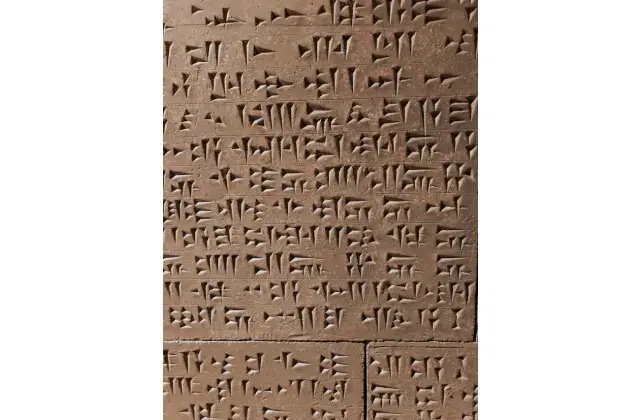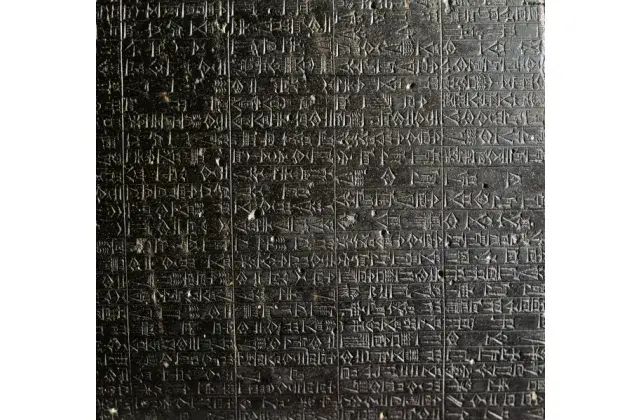The Epic of Gilgamesh

The Epic of Gilgamesh is the most celebrated literary work from ancient Iraq. It is in the form of an epic poem that tells the story of a king who ruled the Sumerian city of Uruk around 2000 BCE, and the complete version of the epic was written around 1200 BCE. Gilgamesh, the king of Uruk, oppressed his people until the gods intervened by creating Enkidu, a wild man, as his rival and eventual companion. Together, they embark on various adventures, including slaying a monster and cutting down cedar trees, culminating in their triumphant return to Uruk. When Gilgamesh rejects the advances of Ishtar, the goddess retaliates by sending a celestial bull to devastate the city, leading to an epic battle where Gilgamesh with the help of Enkidu defeats the bull. However, the gods decree that Enkidu must perish. Overwhelmed by grief, Gilgamesh sets off on a quest for immortality, driving the rest of the epic.
The epic is written on twelve clay tablets in Akkadian language in cuneiform script. The tablets were found in a series of excavations in different sites in Iraq and in Anatolia. The tablets were excavated in Nineveh in the ruins of Ashurbanipal’s library in 1853 by the less celebrated Assyriologist, Assyrian himself born in Mosul, Hormuzd Rassam who was appointed to assist British archaeologist Austin Henry Layard in excavation works in Mosul. Most of the discovered tablets, including what later was known as the Epic of Gilgamesh were kept in storage at the British Museum as experts on cuneiform script were scarce. In 1860, the self-taught British expert of ancient languages and cuneiform script, George Smith began to decipher and study these tablets at the British Museum. After a decade of extensive work, during deciphering one of the tablets, he believed the story he deciphered in the tablet is the biblical story of Noah in the Book of Genesis since it was part of a story about a great flood. Smith’s discovery and initial translations marked the beginning of efforts to find the other pieces of the story that resembled biblical narratives; however, the tablets were from ancient times that predated the Bible.
This masterpiece of ancient literature has been studied, copied, rewritten in various ways throughout centuries. It has influenced numerous literary works and continues to inspire writers, poets, and artists across different cultures. Its themes of friendship, mortality, and the search for meaning resonate with many worldwide. Additionally, It is often used in educational settings to teach students about ancient literature, cultural history, and the development of storytelling and narrative techniques. The tablets are kept at different museums around the world, including The National Museum of Baghdad, Sulaimnai Museum, and The British Museum.
This article was written by Renas Babakir and is licensed under CC BY-NC 4.0.






